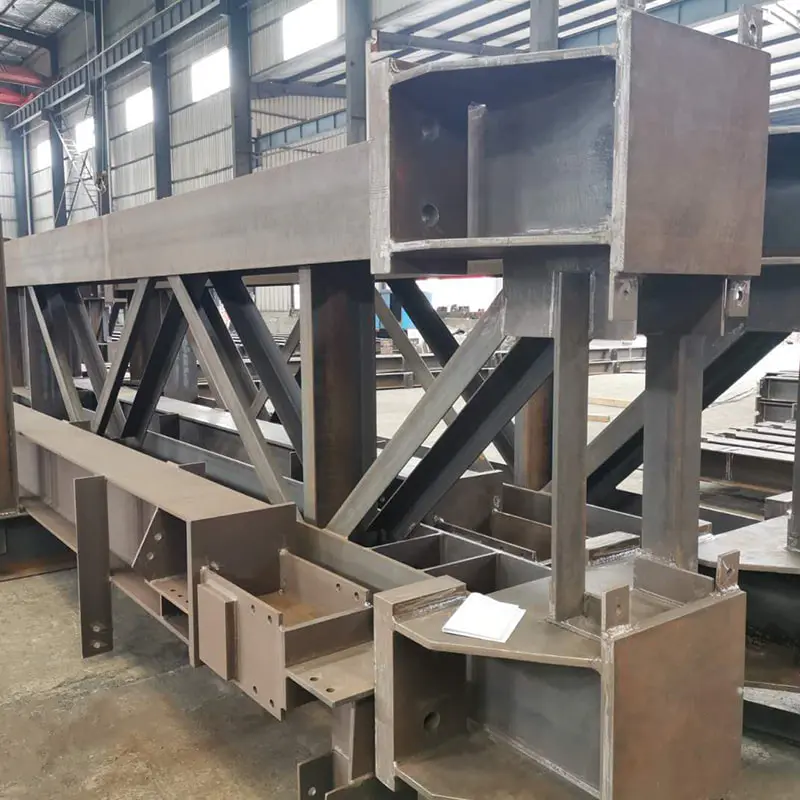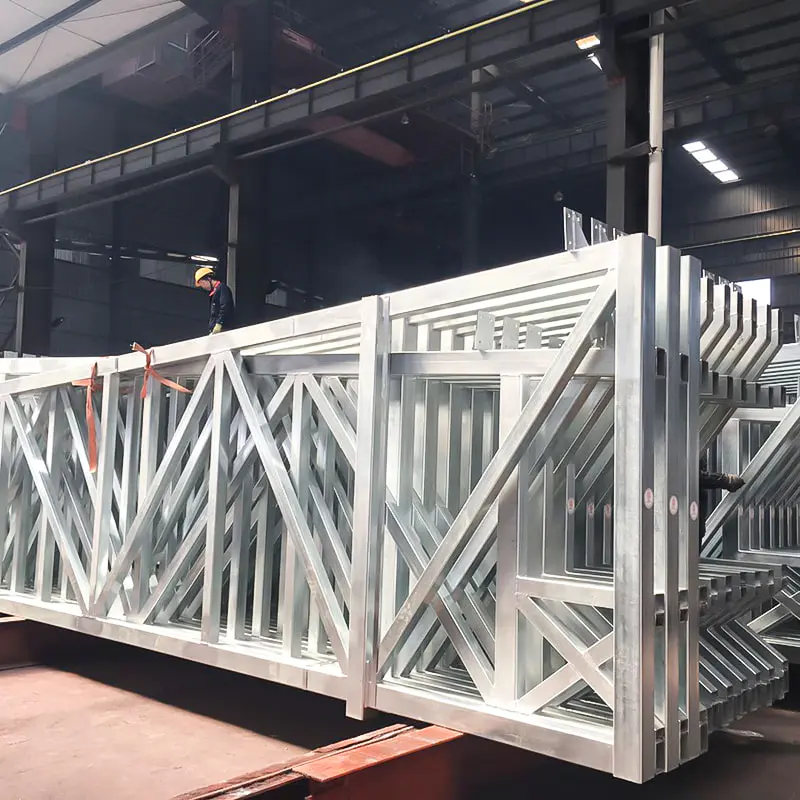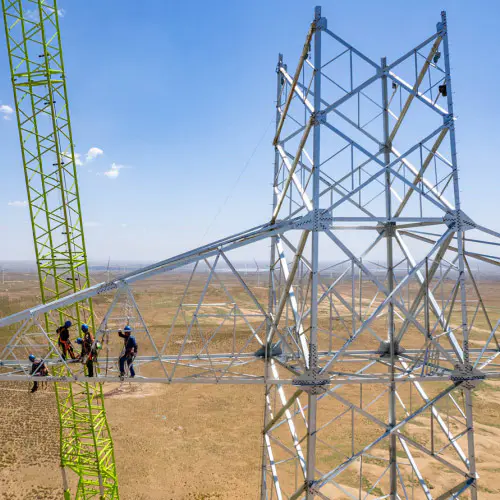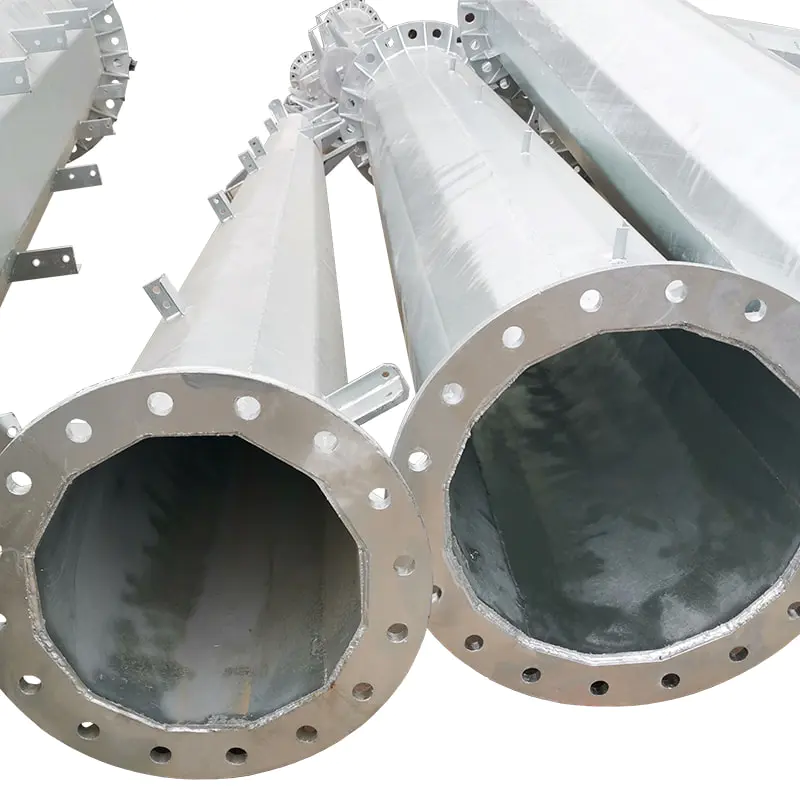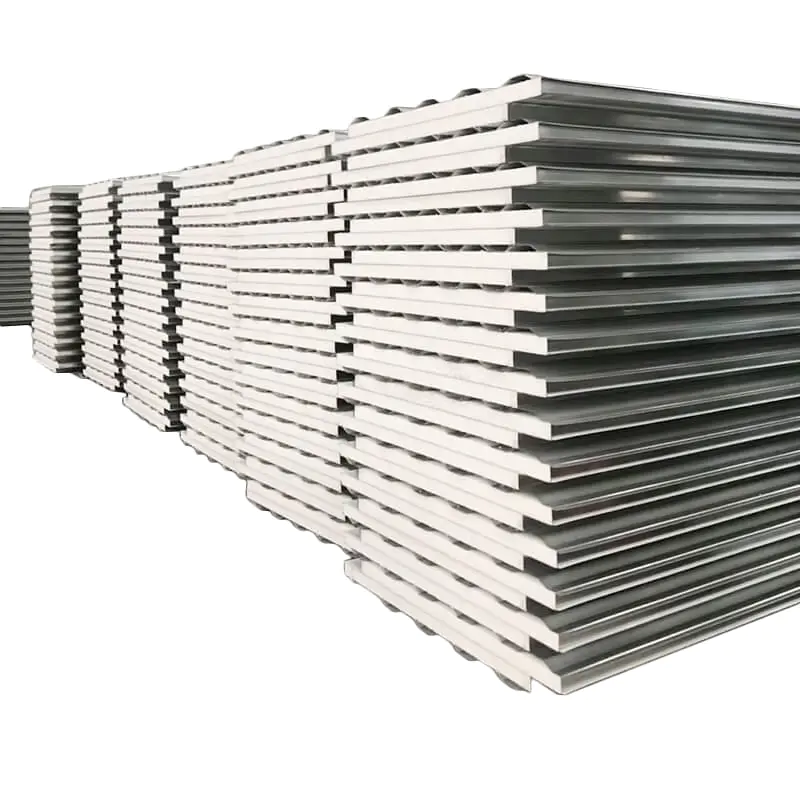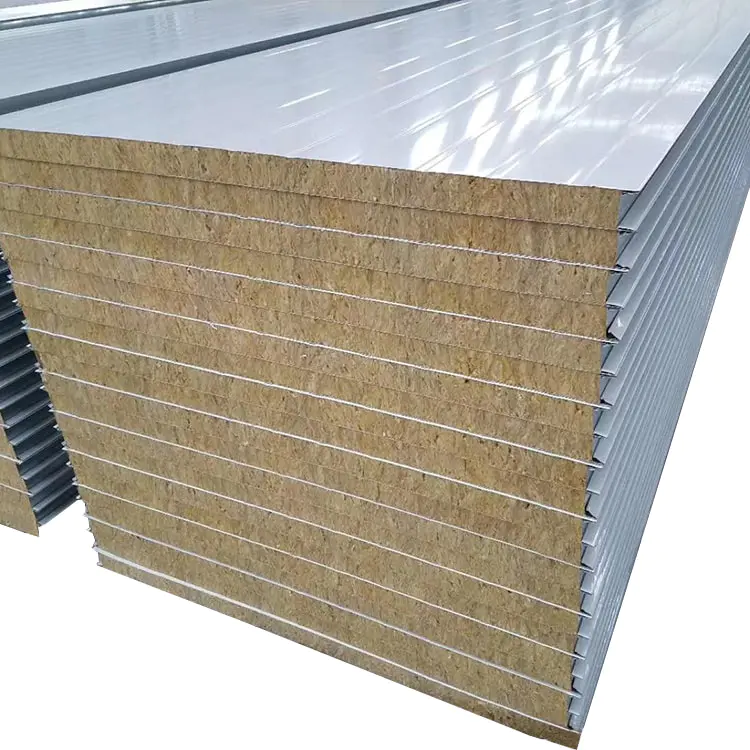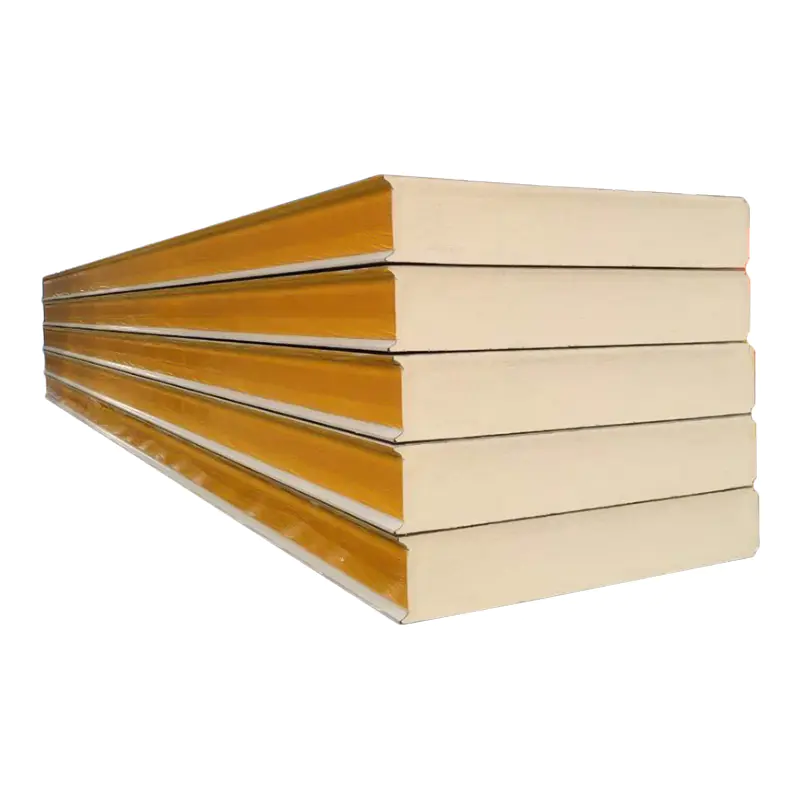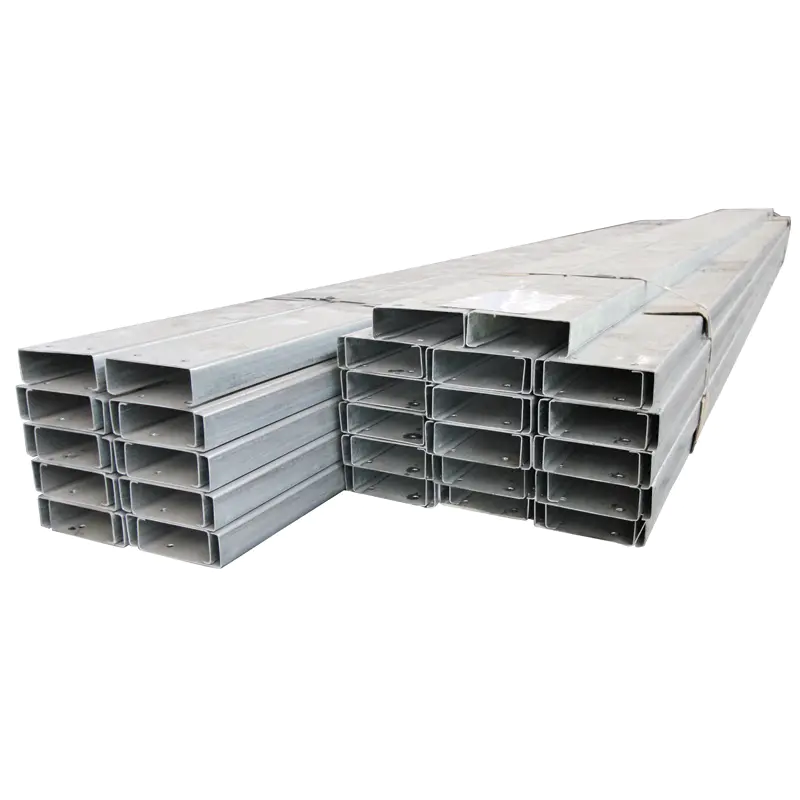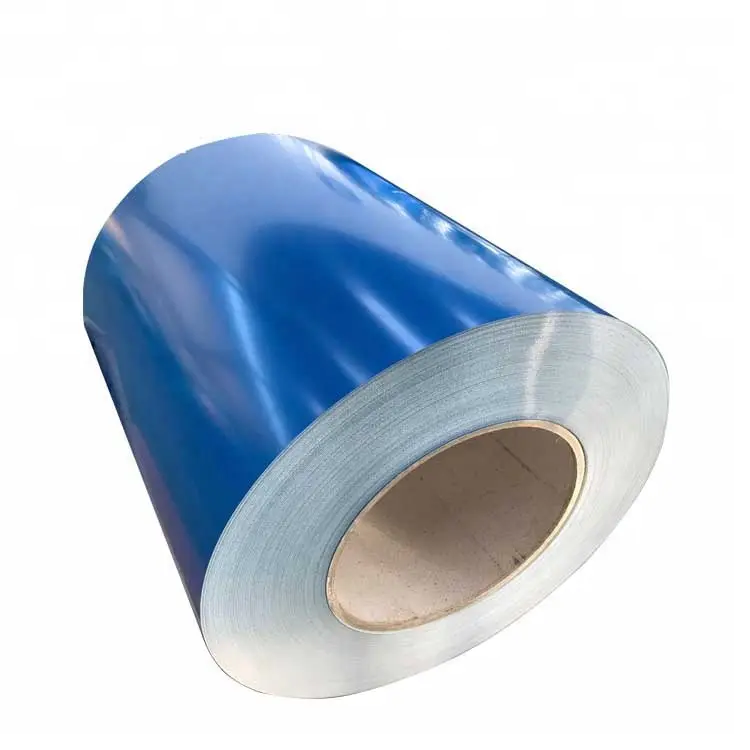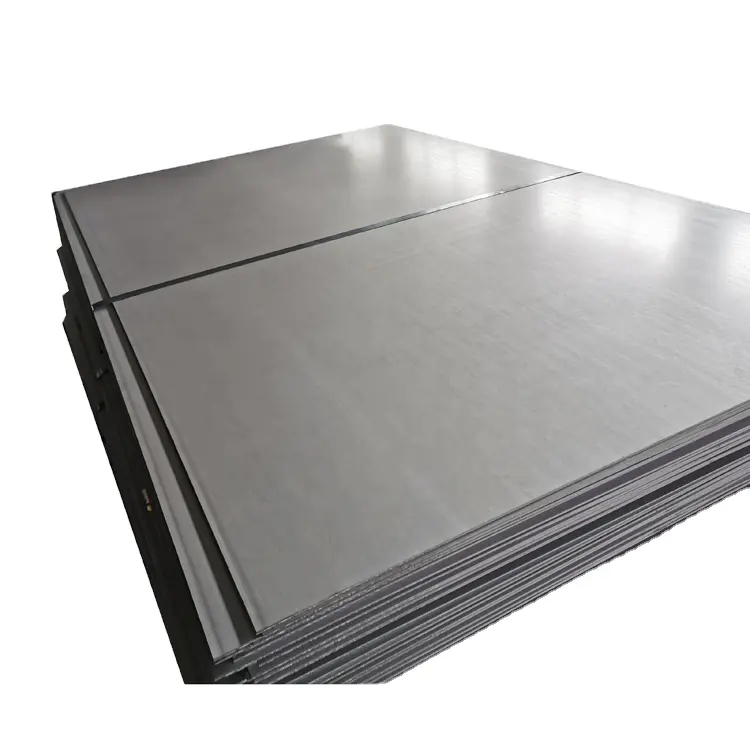Steel purlins can safely support heavy roof loads – but this safety is entirely contingent upon meticulous design, specification, installation, and adherence to engineering standards. Steel purlins are widely recognized as a primary structural component in modern construction precisely for their strength-to-weight ratio and load-bearing capabilities. However, achieving safe performance under heavy loads requires careful consideration of multiple factors.
Understanding Steel Purlin Function and Capability
Steel purlins are horizontal structural members spanning between primary frames (rafters or walls), providing direct support for roof cladding and transferring roof loads (dead, live, environmental) to the primary structure. Their inherent strength, derived from cold-formed or hot-rolled steel sections, makes them suitable for significant loads. Key advantages include:
-
High Strength-to-Weight Ratio: Steel purlins offer substantial load-bearing capacity relative to their own weight, enabling efficient designs.
-
Consistency and Predictability: Manufactured steel has consistent, predictable mechanical properties (yield strength, modulus of elasticity) crucial for accurate engineering calculations.
-
Durability: Properly specified and protected steel purlins resist rot, insect damage, and many environmental factors affecting other materials.
-
Design Flexibility: Available in various shapes (C, Z, U, Sigma being common) and thicknesses (gauges), steel purlins can be optimized for specific span and load requirements.
Critical Factors for Safe Heavy Load Support
Safely utilizing steel purlins under heavy roof loads hinges on addressing these interconnected aspects:
-
Accurate Load Determination:
-
Dead Loads: Precise calculation of the weight of the roof system itself – cladding, insulation, purlins, services, and any permanent fixtures.
-
Live Loads: Consideration of potential imposed loads during maintenance or construction activities, as defined by local building codes (e.g., ASCE 7, Eurocodes).
-
Environmental Loads: Meticulous calculation of snow loads (based on geographic location and roof shape), wind loads (uplift and downward pressure), and seismic loads where applicable. Heavy snow loads are often the most critical factor for purlin design in many regions.
-
Concentrated Loads: Accounting for point loads from equipment (HVAC units, solar panels), cranes, or future additions.
-
-
Proper Purlin Selection and Specification:
-
Section Shape and Size: Selecting the appropriate purlin profile (e.g., deeper Z-sections generally offer greater moment capacity than C-sections for equivalent weight) and cross-sectional dimensions.
-
Material Thickness (Gauge): Specifying sufficient steel thickness to resist bending moments and shear forces induced by the calculated loads without exceeding allowable stresses or deflection limits.
-
Steel Grade: Utilizing steel with the specified minimum yield strength (e.g., G450, S350GD+Z) as required by the design.
-
Span and Spacing: The distance between supports (span) and the spacing between adjacent steel purlins are inversely related to their individual load capacity. Shorter spans or closer spacing increase the load capacity per purlin. Engineering span tables or structural analysis software are essential tools.
-
-
Robust Structural Design and Analysis:
-
Engineering Calculations: A qualified structural engineer must perform calculations based on the specific loads, spans, spacings, and chosen purlin properties. This analysis verifies that bending stresses, shear stresses, and web crippling stresses remain within allowable limits defined by relevant standards (e.g., AISI S100, EN 1993-1-3).
-
Deflection Control: Ensuring calculated deflections under full load are within acceptable limits (e.g., L/180 or L/240 for roofs) to prevent damage to cladding, ponding water, or aesthetic issues. Heavy loads significantly increase deflection potential.
-
Connection Design: Designing reliable connections between steel purlins and supporting structures (e.g., cleats, bolts), and between purlins where lapped, to transfer loads effectively and prevent premature failure. This includes considering axial forces induced by bracing systems.
-
Bracing: Implementing adequate bracing systems (sag rods, fly bracing, plan bracing) is critical for steel purlins, especially under heavy loads. Bracing prevents lateral-torsional buckling and ensures the purlin achieves its full calculated bending capacity.
-
-
Quality Manufacturing and Installation:
-
Compliance: Steel purlins must be manufactured to meet the specified dimensions, tolerances, and material properties outlined in the design.
-
Handling and Storage: Preventing damage (bending, twisting, coating damage) before and during installation.
-
Precise Installation: Following engineered drawings meticulously regarding location, orientation, spacing, connection details (correct bolts, torque), and bracing installation. Errors in installation can drastically reduce the system's load capacity.
-
Verification and Assurance
Safety is verified through:
-
Stamped Engineering Drawings and Calculations: Provided by a licensed structural engineer.
-
Compliance with Codes: Adherence to national and local building codes and structural design standards.
-
Manufacturer's Data: Utilizing certified load tables and engineering reports from the steel purlin supplier, based on rigorous testing and analysis.
-
Quality Control: During both manufacturing and construction.
-
Inspections: Regular inspections by qualified personnel during and after construction.
Steel purlins are inherently capable structural components well-suited for supporting heavy roof loads. However, declaring them "safe" for a specific heavy load application requires a systematic and professional approach. Safety is not inherent in the material alone; it is engineered into the system through precise load calculation, appropriate purlin specification, rigorous structural analysis incorporating critical bracing design, and flawless installation according to the engineered plans. When these factors are diligently addressed by qualified professionals, steel purlins provide a reliable and safe solution for demanding roofing applications.


